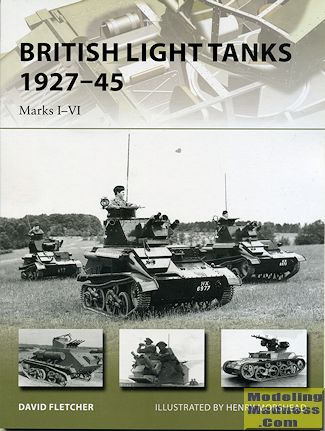 Back
when the tank was first developed, there was no real understanding of exactly
how to use these vehicles. They proved themselves to be quite useful when it
came to trench warfare as they were relatively immune to many of the extant
defenses aside from mines. Most defensive guns were unable to penetrate the
armor, though frequently the crew was wounded due to spalling. These tanks were
also rather unreliable, breaking down frequently and not all that maneuverable.
Back
when the tank was first developed, there was no real understanding of exactly
how to use these vehicles. They proved themselves to be quite useful when it
came to trench warfare as they were relatively immune to many of the extant
defenses aside from mines. Most defensive guns were unable to penetrate the
armor, though frequently the crew was wounded due to spalling. These tanks were
also rather unreliable, breaking down frequently and not all that maneuverable.
One of the post war roles for the tank was to be used for
reconnaissance. In these cases, much was learned from the French FT-17, which
was small, somewhat fast and armed well enough to take on troops and softskin
vehicles. These were not built for tank vs tank battles. These light tanks were
generally two or three man crews with the latter versions being more suited as a
two man crew was just too much work as one drove it and the other did everything
else.
As with other nations, the British developed a series of light tanks
prior to WWII. None of them were very effective as all were lightly armored and
lightly armed, being little more than cannon fodder for enemy anti-tank guns and
easily destroyed by more heavily armed tanks. In fact, the author goes to great
lengths to point out how useless these vehicles actually were once they entered
combat.
There were eight different marks of light tank, the first six quite
similar to each other and the VII and VIII different designs, but equally
unremarkable. The only one to really take hold and be produced in any real
quantity was the Mark VI. This tank was built in several variants and used quite
a bit in the early years of the war in Europe, North Africa and even the CBI,
but none proved to be at all capable of anything meaningful. Ironically, the
only time these tanks were of any real use was when the Germans developed
several into SPGs, using chassis captured after the fall of France. Even then,
these vehicles were used more for anti-partisan roles than pure combat.
The author does a superb job of research on this one, covering the
perceived need for the tanks, the difficulty in finding an actual task for them
to perform and the development of these tanks throughout the mid-war period. A
goodly section of the book also covers its use in combat, such as it was. All of
this is superbly illustrated with period photos, cutaways and artwork. It makes
for an interesting read about a vehicle that few consider when discussing tanks
and a prime reason why, for the UK, the light tank came to an end with the end
of WWII. In all, it makes for a fascinating read, proving that not everything
built and used by the military is or was a success. A book that I enjoyed and
can easily recommend to you.
May 2015
For more on the complete line of Osprey books,
visit http://ospreygrp.com. In the US, it is
Osprey Direct at 44-02 23rd St, Suite 219, Long Island City, NY 11101., where you can
get a catalogue of available books.
If you would like your product reviewed fairly and
fairly quickly, please
contact
the editor or see other details in the
Note to
Contributors.
 Back
when the tank was first developed, there was no real understanding of exactly
how to use these vehicles. They proved themselves to be quite useful when it
came to trench warfare as they were relatively immune to many of the extant
defenses aside from mines. Most defensive guns were unable to penetrate the
armor, though frequently the crew was wounded due to spalling. These tanks were
also rather unreliable, breaking down frequently and not all that maneuverable.
Back
when the tank was first developed, there was no real understanding of exactly
how to use these vehicles. They proved themselves to be quite useful when it
came to trench warfare as they were relatively immune to many of the extant
defenses aside from mines. Most defensive guns were unable to penetrate the
armor, though frequently the crew was wounded due to spalling. These tanks were
also rather unreliable, breaking down frequently and not all that maneuverable.